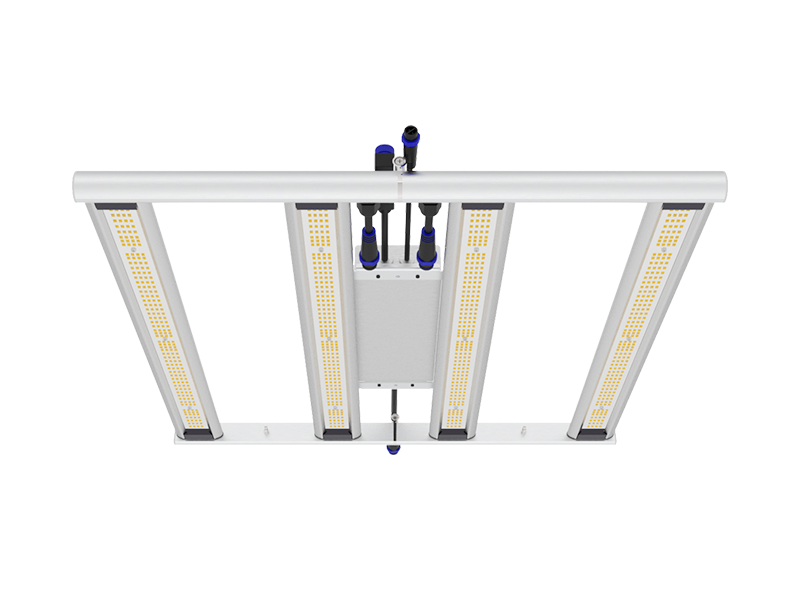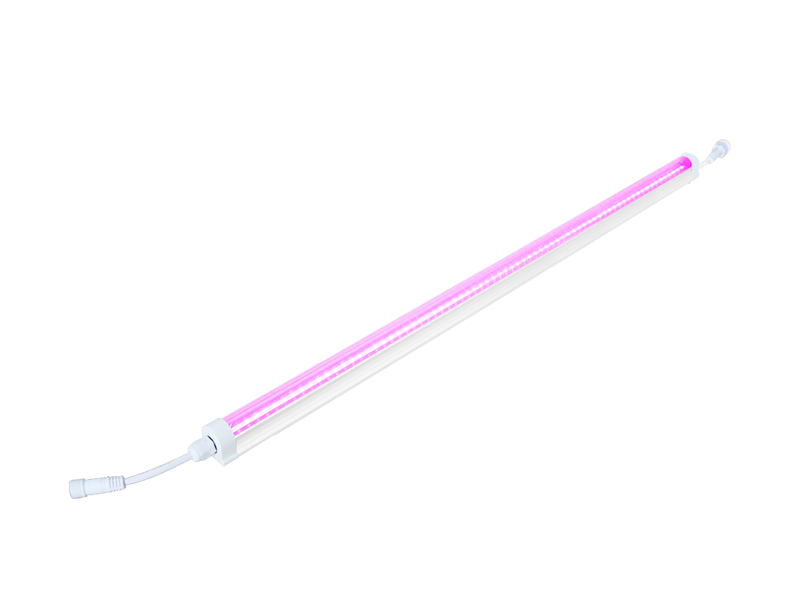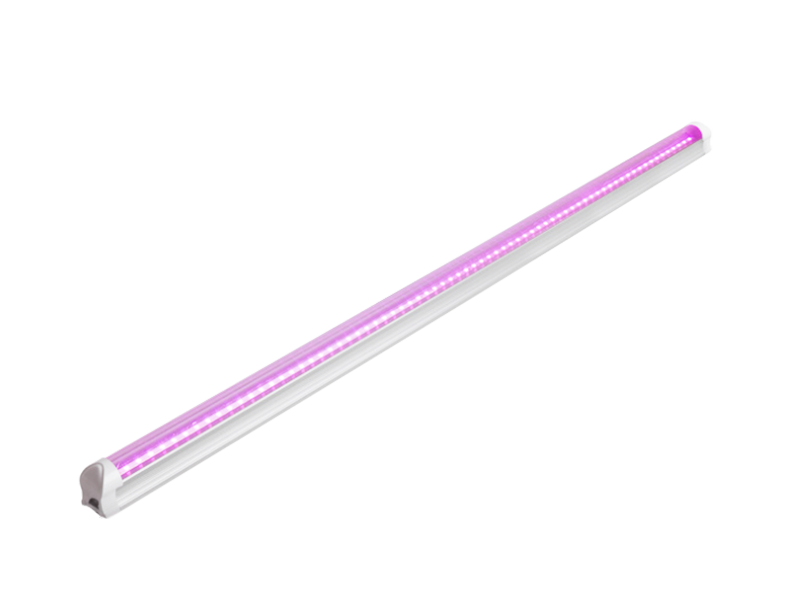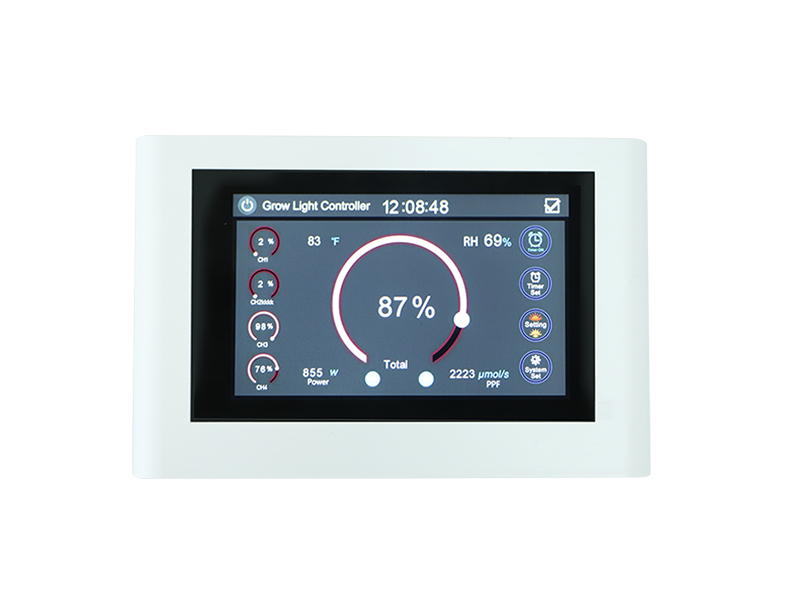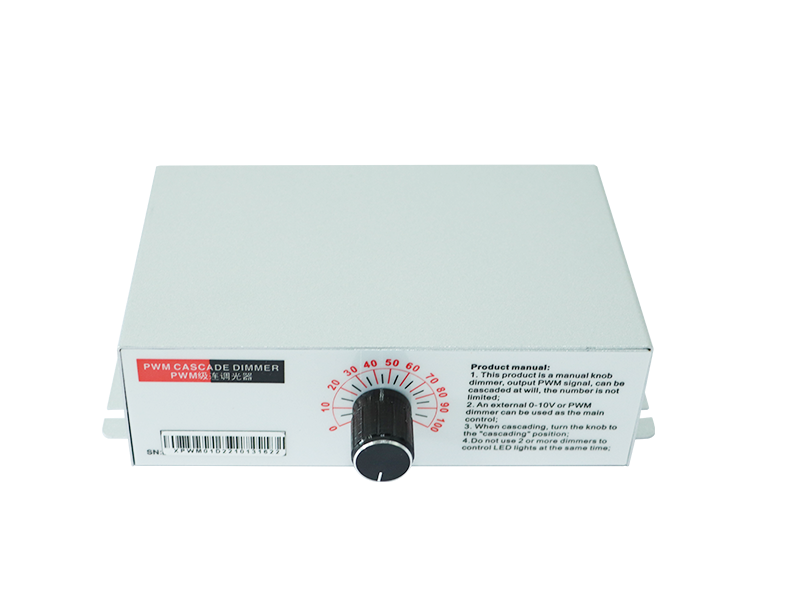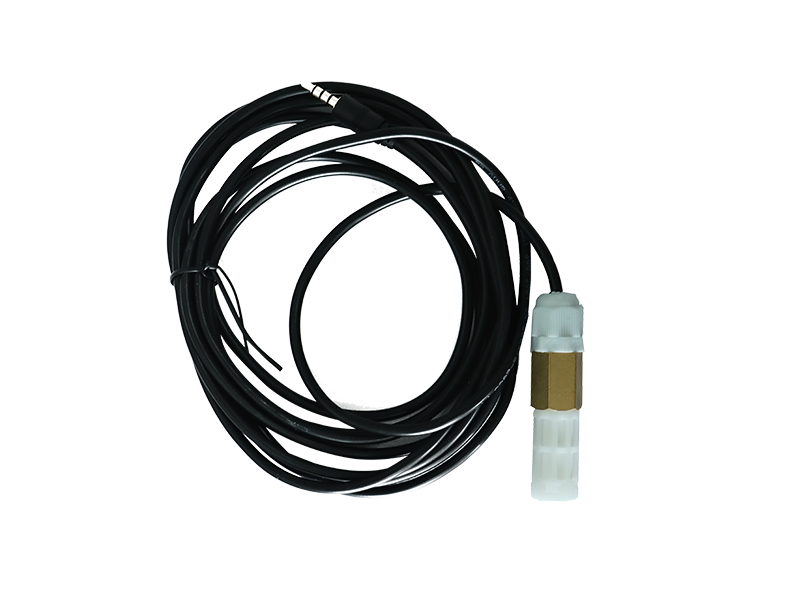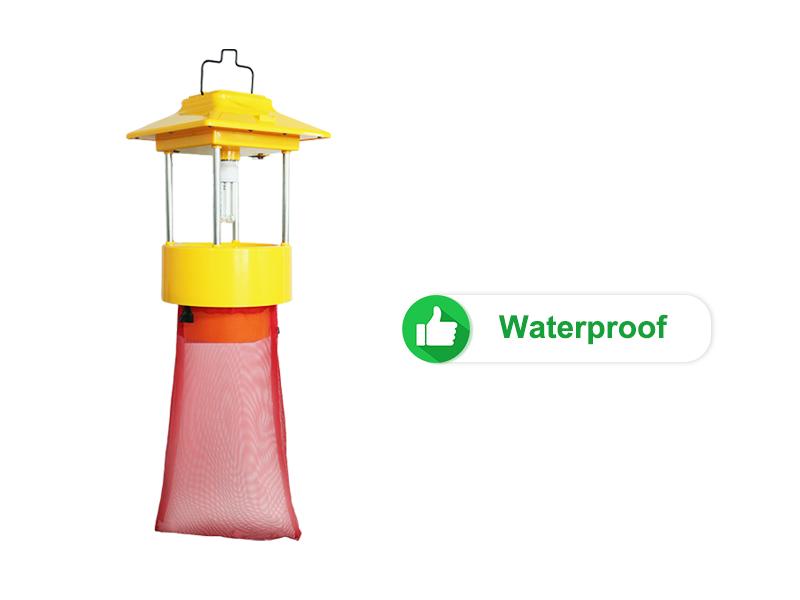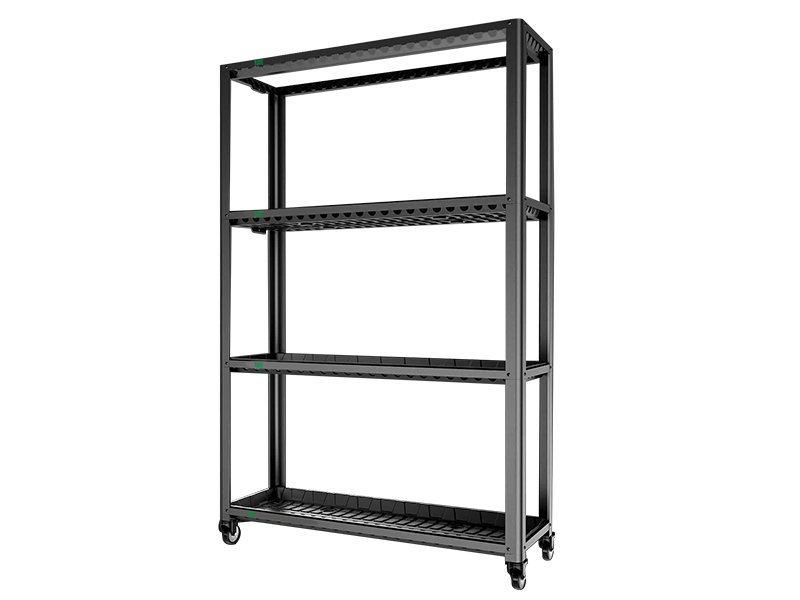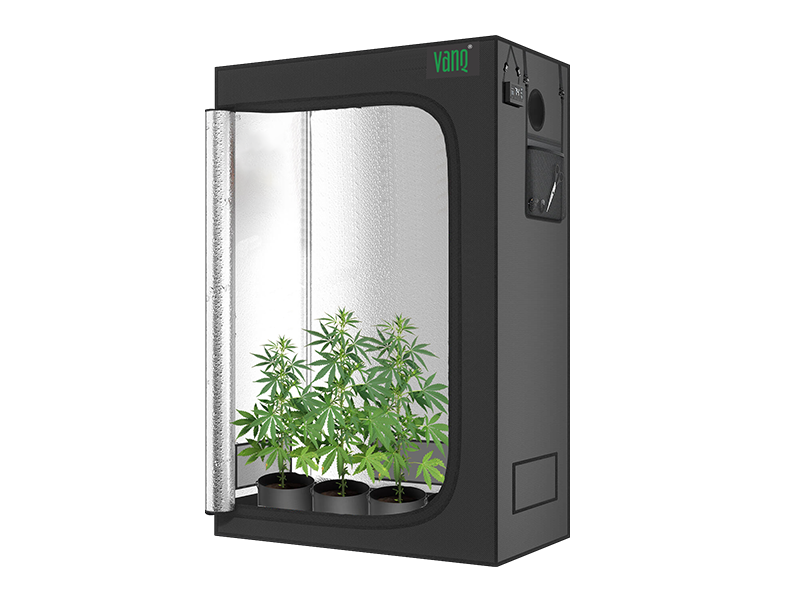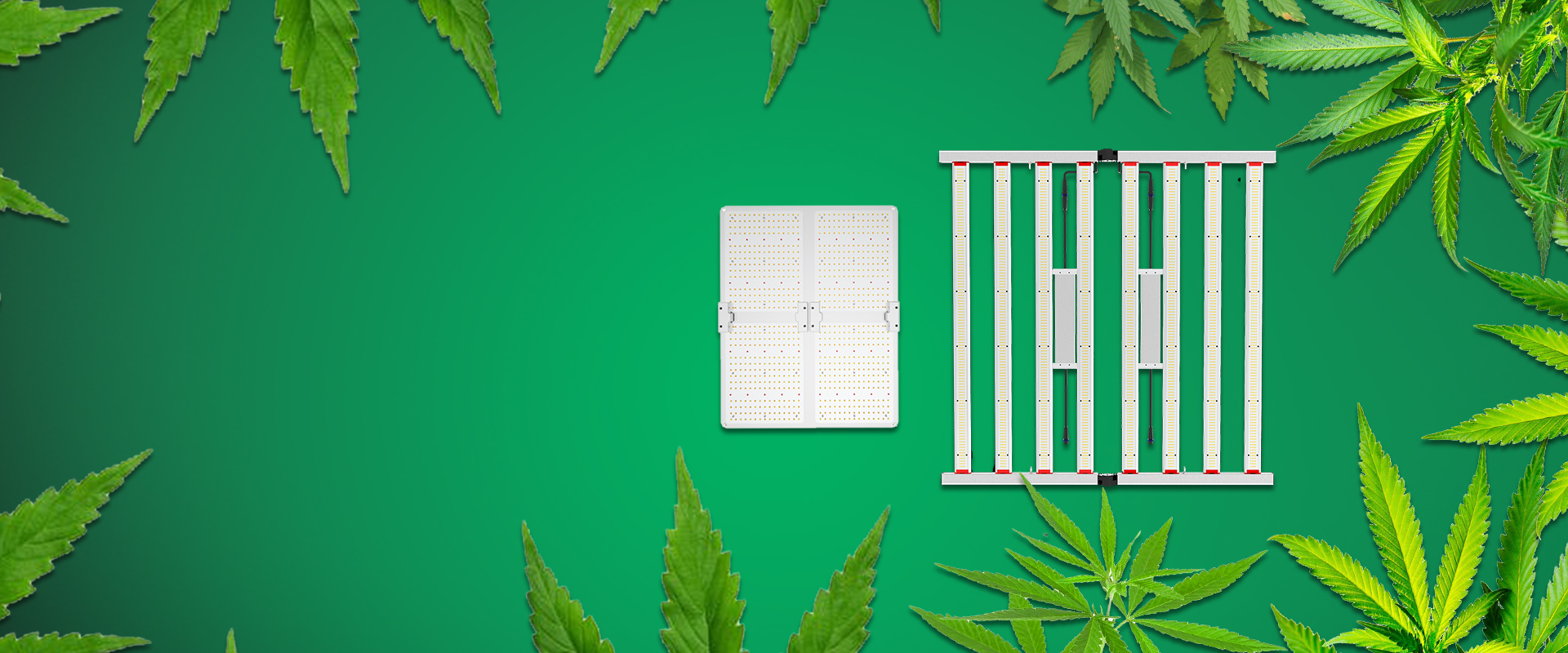
Cannabis cultivation is simple, but it also can be said complicated. Here we talk about the watering of cannabis grow and overwatering plants.
Overwatering and underwatering cannabis plants can cause a variety of symptoms and may even slow growth. It’s all about understanding your plants and finding a sweet spot. We explore how to identify and resolve these issues.
Many factors are involved in successful and abundant cannabis cultivation. Light, nutrients, airflow, and humidity all play an important role in optimal crop growth and vitality. However, water is one of the most important aspects of keeping cannabis plants healthy and strong.
Watering doesn’t always seem so simple. Many growers have the impression that fully soaking their crops with water every day is all they can to help plants achieve their aquatic needs.
The truth is that there are many more watering processes. Watering a cannabis plant is a balancing act that requires some time and experimentation to reach perfection. Too much water can cause serious problems for plants and can hinder oxygen intake. On the other hand, too little water can lead to extremely dry conditions, which will make cannabis plants thirsty and eventually cause them to wither.
Overwatering Plants
When growing cannabis, over-watering is an easy mistake to make, most likely due to concerns that plants need a constant dose of water. This is a trap that novices often fall into.
In addition to absorbing water, cannabis plants actually use their roots to breathe air, and if their roots are constantly flooded with water, they will start to drown.
A major symptom of excessive watering is sagging leaves. However, it is different from the droop seen when underwater-the leaves look wilted. The opposite is true. The leaves are so full of water that they have to curl themselves. This makes them very strong.
In addition, the growth rate of the flooded plants will be greatly slowed down and may even stop almost completely. This is due to anaerobic conditions caused by a lack of oxygen in the root system.
Another symptom of over-watering cannabis plants is yellowing of leaves. This is a sign of nutritional problems and it is a side effect of watering.
If you experience any of these symptoms in a plant and believe that the root cause is too much watering, the best way is to reduce the number of waterings. Wait for the soil surface to look dry before watering. A good test is to place the index finger in the soil until the knuckles. If dry, consider watering.
Also, make sure that each plant is adequately drained and that water does not accumulate on the bottom of the pots or containers. You want excess water to drain from the container to keep the soil moist but not soaked.
Know your plant before watering
Underwater cannabis plants look very weak, lifeless, and show signs of wilting. No wonder they started to adopt this method considering the important role of water in plant physiology. The shrinking of cannabis underwater is different from the plump curl of over-irrigation-even if it is only subtle. Leaves can be fragile, fragile or even papery. They will look lifeless and monotonous. Another sign of hemp lack of water is the extremely dry growth medium of plants, such as crisp soil.
Flooding occurs when growers cannot meet the needs of the plant at all. Without sufficient water, the root system will dry out and growth and yield may be reduced. Be sure to water the plants after the top inch of soil is dried. Retention times beyond this time may have deleterious effects.
One aspect that can cause flooding is that the correct pot size is not used during certain growth stages. For example, planting a small seedling in a large pot may reduce the chance that the plant will absorb enough water, because the small root system has no chance to absorb water before it is lost.
If you grow cannabis plants indoor and need a Marijuana Grow Light, you can buy VANQ GLIC650 600W LED Grow Light. It is professional design for cannabis cultivation.



